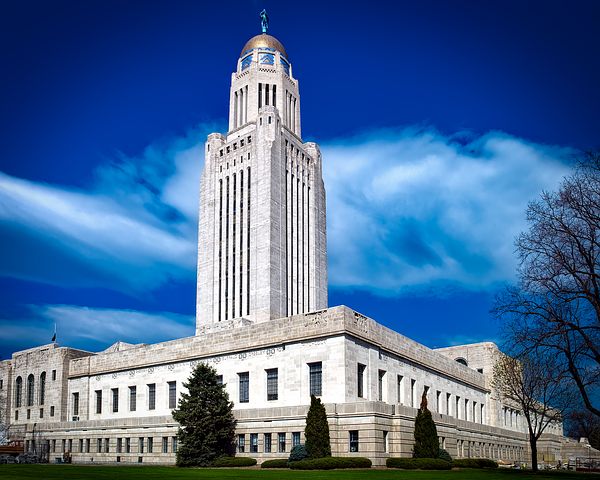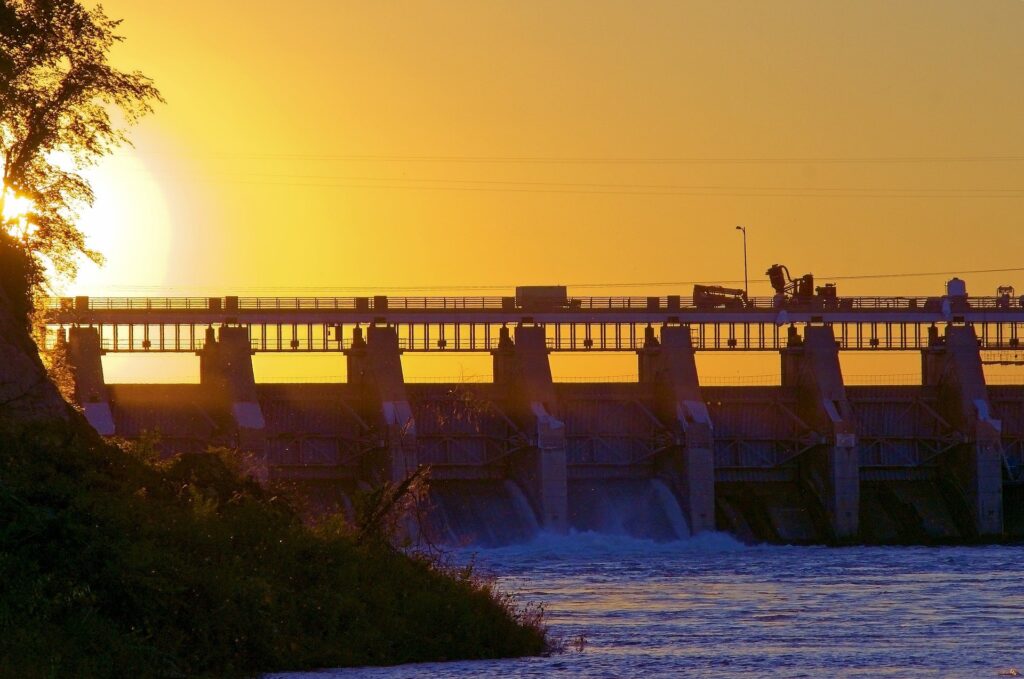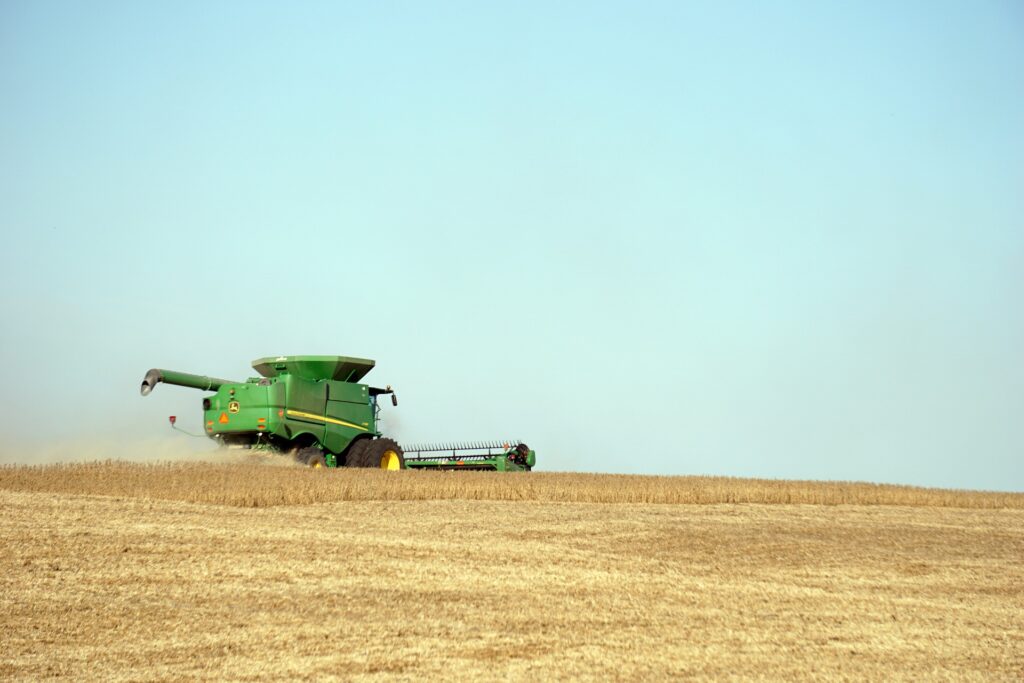Nebraska
Nebraska: Exploring the Heartland of the United States
Nebraska, located in the Midwestern region of the United States, is a state with a rich history, diverse geography, and a strong sense of community. From its indigenous peoples to its modern-day cities, Nebraska offers a blend of natural beauty, cultural heritage, and economic opportunities. In this comprehensive guide, we will delve into the various aspects that make Nebraska unique, including its geography, history, demographics, economy, and more. So let’s embark on a journey to explore the heartland of the United States.
Geography: From the Dissected Till Plains to the Great Plains
Nebraska is characterized by two major land regions: the Dissected Till Plains and the Great Plains. The Dissected Till Plains, located in the eastern part of the state, are marked by gently rolling hills and are home to Nebraska’s largest cities, Omaha and Lincoln. On the other hand, the Great Plains dominate the western portion of Nebraska and are known for their vast stretches of treeless prairie.
The state is bordered by South Dakota to the north, Iowa to the east, Missouri to the southeast, Kansas to the south, Colorado to the southwest, and Wyoming to the west. The Platte River, the Niobrara River, and the Republican River traverse the state from west to east, adding to its scenic beauty and providing vital water resources.
Nebraska experiences two major climatic zones. The eastern two-thirds of the state has a humid continental climate, characterized by hot summers and cold winters. The western portion, including the Panhandle region, has a semi-arid climate with lower precipitation levels. The state is prone to thunderstorms and tornadoes, primarily during spring and summer, and occasionally in autumn.

History: From Indigenous Peoples to Statehood
Nebraska has a rich history that dates back thousands of years when indigenous peoples, including the Omaha, Missouria, Ponca, Pawnee, Otoe, and Lakota (Sioux) tribes, lived in the region. European exploration and settlement began in the 17th century when both Spain and France sought to control the area. Historic trails, such as the Lewis and Clark Expedition, crossed through Nebraska, leaving a lasting impact on its development.
In the 19th century, Nebraska saw significant changes with the forced relocation of Native American tribes to reservations and the influx of European and American settlers. The Homestead Act of 1862 attracted pioneers to the state, who transformed the prairie land into agricultural areas. Nebraska became the 37th state of the United States in 1867, two years after the end of the American Civil War. The state’s capital was moved from Omaha to Lincoln, named after President Abraham Lincoln, who was assassinated shortly before Nebraska achieved statehood.
Throughout the late 19th and early 20th centuries, Nebraska experienced rapid growth in population and agricultural development. The introduction of new farming technologies, such as barbed wire, windmills, and steel plows, helped establish Nebraska as a leading agricultural state. The Arbor Day holiday was founded in Nebraska City by J. Sterling Morton, further highlighting the state’s commitment to conservation and environmental stewardship.
In the 20th and 21st centuries, Nebraska has continued to evolve, embracing diversity and fostering a strong sense of community. The state has become a welcoming place for refugees, with Lincoln being home to the largest population of Yazidi refugees in the United States. Nebraska has also witnessed Native American activism and collaboration between tribal and state governments, promoting self-determination and sovereignty.
Demographics: A Tapestry of Cultures and Communities
Nebraska’s population is a tapestry of cultures and communities, reflecting its rich history and diverse heritage. According to the United States Census Bureau, the estimated population of Nebraska in 2019 was 1,934,408, with a growth rate of 5.92% since the 2010 census. The center of population is located in Polk County, specifically in the city of Shelby.
The racial composition of Nebraska’s population is predominantly White, with the largest ancestry groups being German, Irish, English, Czech, Swedish, and Polish. However, the state has also seen an increase in minority populations, particularly Hispanics and Latinos. In recent years, Nebraska has welcomed many refugees, making it one of the leading states in the resettlement of refugees per capita.
Religion plays a significant role in the lives of Nebraskans, with the majority of the population identifying as Christian. The Roman Catholic Church, the Lutheran Church-Missouri Synod, the Evangelical Lutheran Church in America, and the United Methodist Church are among the largest denominations in the state. However, the religious landscape is evolving, with an increasing number of people identifying as religiously unaffiliated.

Economy: From Agriculture to Diversification
Nebraska’s economy is rooted in agriculture, with farming and ranching playing a vital role in the state’s history and identity. The fertile soil of the Great Plains has made Nebraska a leading producer of corn, soybeans, beef, pork, and other agricultural products. The state’s agricultural sector not only provides food and resources but also contributes significantly to the economy.
In recent years, Nebraska has made efforts to diversify its economy beyond agriculture. The state has seen growth in industries such as manufacturing, finance, insurance, healthcare, and information technology. Omaha, in particular, has emerged as a hub for finance and technology companies, earning it the nickname “Silicon Prairie.”
The state’s strategic location in the center of the United States has also made it a transportation and logistics hub. Nebraska is intersected by major interstate highways and is served by several freight railroads. Omaha’s Eppley Airfield and Lincoln’s Lincoln Airport provide convenient air travel options for residents and businesses.
Education and Culture: Nurturing Minds and Celebrating Heritage
Nebraska places a strong emphasis on education, with a commitment to providing quality learning opportunities for its residents. The state is home to several renowned educational institutions, including the University of Nebraska-Lincoln, Creighton University, and the University of Nebraska Medical Center. These institutions contribute to the intellectual and cultural fabric of the state, attracting students from across the country and around the world.
Nebraska also takes pride in its vibrant arts and culture scene. The state hosts numerous festivals, events, and exhibitions that celebrate its diverse heritage and showcase the talents of local artists. The Joslyn Art Museum in Omaha, the Sheldon Museum of Art in Lincoln, and the Museum of Nebraska Art in Kearney are just a few examples of the state’s commitment to preserving and promoting the arts.

Tourism and Recreation: Discovering Nebraska’s Hidden Gems
Nebraska’s natural beauty and recreational opportunities make it an ideal destination for outdoor enthusiasts and nature lovers. The state boasts several scenic attractions, including Chimney Rock, Scotts Bluff National Monument, and the Sandhills region. Visitors can explore the state’s diverse landscapes through hiking, camping, fishing, and wildlife viewing.
The vibrant city life of Omaha and Lincoln offers a plethora of cultural attractions, entertainment venues, and dining options. From the Henry Doorly Zoo and Aquarium to the Durham Museum, there is something for everyone to enjoy. The state’s rich history is brought to life in various museums and historical sites, providing visitors with a deeper understanding of Nebraska’s past.
Sports and Recreation: Uniting Fans and Showcasing Talent
Nebraska has a strong sports culture, with passionate fans supporting their favorite teams at all levels. College football is particularly popular, with the University of Nebraska-Lincoln’s Cornhuskers being a source of pride for the state. The team’s home games at Memorial Stadium in Lincoln are known for their electric atmosphere and dedicated fan base.
In addition to college sports, Nebraska also hosts professional sports teams, such as the Omaha Storm Chasers (Triple-A baseball) and the Lincoln Saltdogs (independent baseball). These teams provide entertainment and opportunities for local talent to showcase their skills.

Embracing the Spirit of the Heartland
Nebraska, with its rich history, diverse communities, and breathtaking landscapes, is a state that embraces the spirit of the heartland. From its agricultural roots to its growing industries, Nebraska offers a unique blend of tradition and innovation. Whether you’re exploring the vibrant cities, immersing yourself in nature, or celebrating the state’s cultural heritage, Nebraska is sure to leave a lasting impression. So come and discover the heartland of the United States in the beautiful state of Nebraska.
